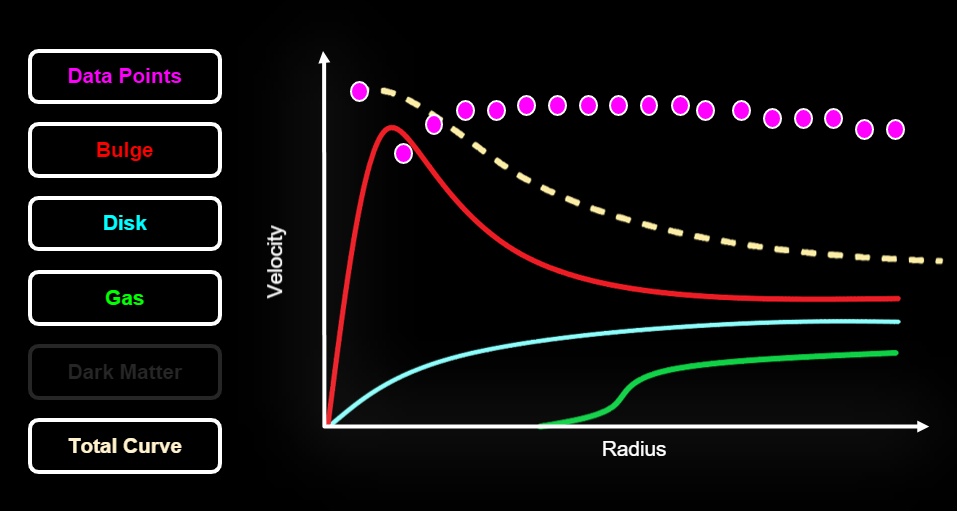Research Session Materials
Researchers will present or lead a discussion on the thought-provoking content provided in the links below.
Session Format: Presenters may be live or remote and will go in the order seen on this page. Moderators will help with questions in the room and monitor the zoom chat for questions coming in from remote attendees. Each topic will have approximately five minutes, but the conversation can continue on the Airmeet platform and in person!

Scott Reed
Speaker Affiliation: CU Denver, Department of Chemistry
Title: Discovering Pharmacogenomic Explanations for Drug Side Effects
Abstract: We are working to create tools that facilitate searching the genome for variants that can elucidate previously unexplained adverse drug reactions (ADRs). One goal is to create an online tool that allows users to identify specific ADRs and the drugs that cause those ADRs, and then to generate lists of pharmaceuticals, their three dimensional structures, and their likely metabolism products. A second goal is to create an online tool that generates a list of candidate genetic variants that have the potential to explain specific ADRs. Together these tools can be used by researchers to prioritize drug protein interactions for further in silico or in vitro studies. These tools will facilitate rapid testing of hypotheses about pharmacogenomics causes of harmful drug side effects.
Material: Scott Reed's Data Science Symposium Research Material
Presentation Mode: in-person

Farnoush Banaei-Kashani
Speaker Affiliation: CU Denver, Computer Science and Engineering
Title: Polarization Intent Detection in Social Media
Abstract: The ease of access to social media has made it extremely easy for malicious agents to disseminate divisive information on a mass scale. With the widespread reach of messages with various intents it becomes more difficult for experts to analyze such information in a timely and accurate manner to detect these intents. Within the research community, capturing online threats of this nature has been a growing area of interest. In this paper, we develop a methodology to detect intention of social polarization information shared by a single agent in social media. Toward this end, we use and study the Internet Agency Facebook ads dataset released by U.S. House Intelligence Committee. We train and evaluate a series of models for text- and image-based intention detection and show that a multi-modal model that uses both data modalities outperforms other unimodal models.
Material: Farnoush Banaei-Kashani's Data Science Research Material
Presentation Mode: in-person

Alicia Cowart
Speaker Affiliation: CU Denver, GAM Lab
Title: Introducing the new Geospatial Analysis & Mapping Laboratory: Supporting Researchers in Obtaining, Analyzing, and Visualizing Geospatial Data
Abstract: Geospatial data can pose unique challenges for researchers hoping to include a spatial component in their work. Such challenges involve acquiring appropriate data, incorporating geospatial methods, analyzing and interpreting the data, and clearly communicating results. As a solution, the Geospatial Analysis and Mapping Laboratory (GAMLab), housed in the Geography and Environmental Sciences (GES) Department, is a new resource for researchers seeking to incorporate geospatial data in their work. As CU Denver’s premier geospatial research lab, the GAMLab provides services and expertise to visualize, explore, analyze, and propose solutions to human-environmental challenges using Geographic Information Science and Technology.
Material: n/a
Presentaion Mode: in-person

jimi adams
Speaker Affiliation: CU Denver, Health and Behavioral Sciences
Title: Unbounded Science: Knowledge Across the Disciplines
Abstract: This work draws from an ongoing book project, coo-authored with Ryan Light (University of Oregon). In this work, we seek to theorize the mechanisms underpinning scientific fields comprised of multiple disciplines, and demonstrate how those operate in a range of case studies. In this project, we draw on a combination of methods, focused especially on social network and computational text analytic approaches.
Material: jimi adam's Data Science Research Material
Presentation Mode: remote

Tony Cox
Speaker Affiliation: CU Denver, Business School
Title: Causally Explainable Decisions
Abstract: For an AI agent to make trustworthy decision recommendations under uncertainty on behalf of human principals, it should be able to explain why its recommended decisions make preferred outcomes more likely and what risks they entail. Such rationales use causal models to link potential courses of action to resulting outcome probabilities. They reflect an understanding of possible actions, preferred outcomes, the effects of action on outcome probabilities, and acceptable risks and trade-offs—the standard ingredients of normative theories of decision-making under uncertainty, such as expected utility theory. Competent AI advisory systems should also notice changes that might affect a user’s plans and goals. In response, they should apply both learned patterns for quick response (analogous to fast, intuitive “System 1” decision-making in human psychology) and also slower causal inference and simulation, decision optimization, and planning algorithms (analogous to deliberative “System 2” decision-making in human psychology) to decide how best to respond to changing conditions. Concepts of conditional independence, conditional probability tables (CPTs) or models, causality, heuristic search for optimal plans, uncertainty reduction, and value of information (VoI) provide a rich, principled framework for recognizing and responding to relevant changes and features of decision problems via both learned and calculated responses. This paper reviews how these and related concepts can be used to identify probabilistic causal dependencies among variables, detect changes that matter for achieving goals, represent them efficiently to support responses on multiple time scales, and evaluate and update causal models and plans in light of new data. The resulting causally explainable decisions make efficient use of available information to achieve goals in uncertain environments.
Material: Tony Cox's Research Session Material
Presentation Mode: remote

Natalie Davidson
Speaker Affiliation: CU Anschutz, Greene Lab
Title: Analysis of scientific journalism reveals gender and regional disparities in coverage
Abstract: Scientific journalism is a critical way in which the public can remain informed and benefit from new scientific findings. Such journalism also shapes the public’s view of the current state of scientific findings and legitimizes experts. Those covering science can only cite and quote a limited number of sources. Sources may be identified by the journalist’s research or by recommendations by other scientists. In both cases, biases may influence who is identified and ultimately included as an expert. We analyzed 22,001 non-research articles published by Nature to quantify possible disparities. Our analysis considered three possible sources of disparity: gender, name origin, and country affiliation. To explore these sources of disparity, we extracted cited authors’ names and affiliations, as well as extracted names of quoted speakers.
Material: Natalie Davidson's Data Science Research Material
Presentation Mode: remote

A.N. Villano, Kitty C. Harris, R. Hatami, Judit Bergfalk, R. Vititoe, Eric Lorimor
Speaker Affiliation: CU Denver, Department of Physics
Title: WORKSHOP PREVIEW: The Data Behind Dark Matter: Exploring Galactic Rotation
Abstract: By analyzing the rotational velocities of bodies in galaxies, physicists and astronomers have found that there seems to be something missing in our understanding of these galaxies. One theory is that there is some matter present in this galaxies which we cannot see because it doesn't interact with light - that is, that these galaxies contain dark matter. Participants in this workshop will have the opportunity to explore dark matter through galactic rotation curves both by using interactive programs and by editing python code. This will give participants an understanding of how physicists arrived at the idea of dark matter showing them the difference between curve fits with and without dark matter. Understanding dark matter's epistemological origins will help participants to formulate their own opinions on the dark matter debate.
Material: n/a
Presentation Mode: in-person

Jennifer Briggs, Yanran Wang, Dave Albers, Jake Stroh, Melike Sirlanci, Tell Bennett
Speaker Affiliation: CU Anschutz
Title: WORKSHOP PREVIEW - Data science for advancing clinical biomedicine and physiology
Abstract: Data science has the potential to advance biomedical research and, when adapted to accommodate clinical practice, can directly improve patient care. When applied to personal health and clinical data, biomedical data science is accompanied by unique challenges including the handling of complex and sometimes inaccurate data sources, modeling highly complex and multi-scale systems, managing sparse and nonstationary data, maintaining patient confidentiality, and creating interpretable information that can impact decision-making. In this talk, we provide a short introduction to our group’s progress developing and applying data science methods in clinical biomedicine that address its unique challenges through a collection of specific applications. This will precede a longer workshop in which we give specific examples of current data science applications in biomedicine and outline future directions for the field.
Material: n/a
Presentation Mode: remote